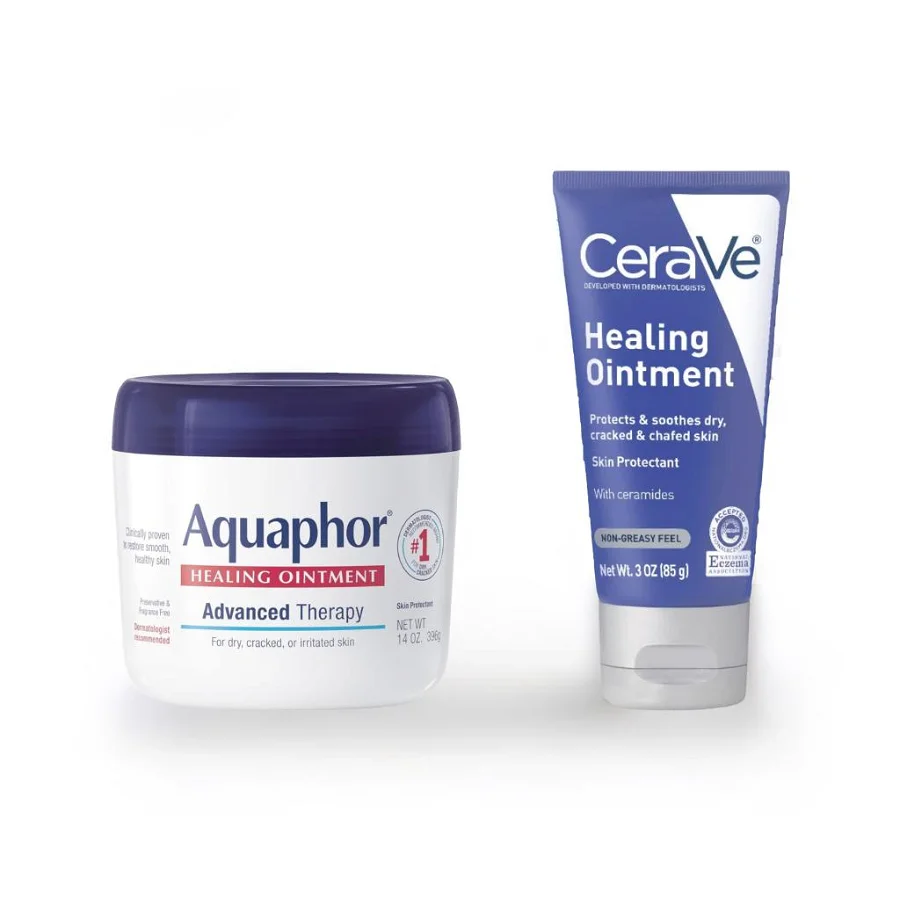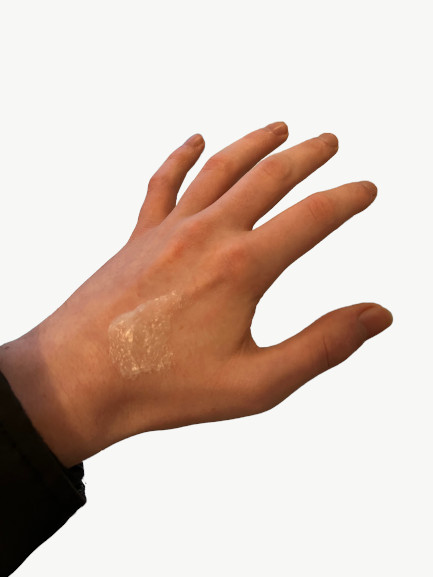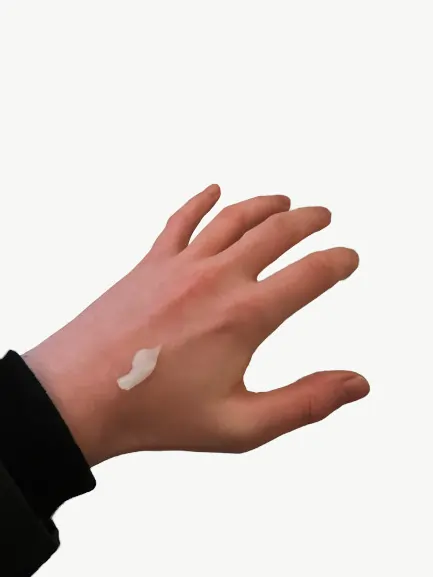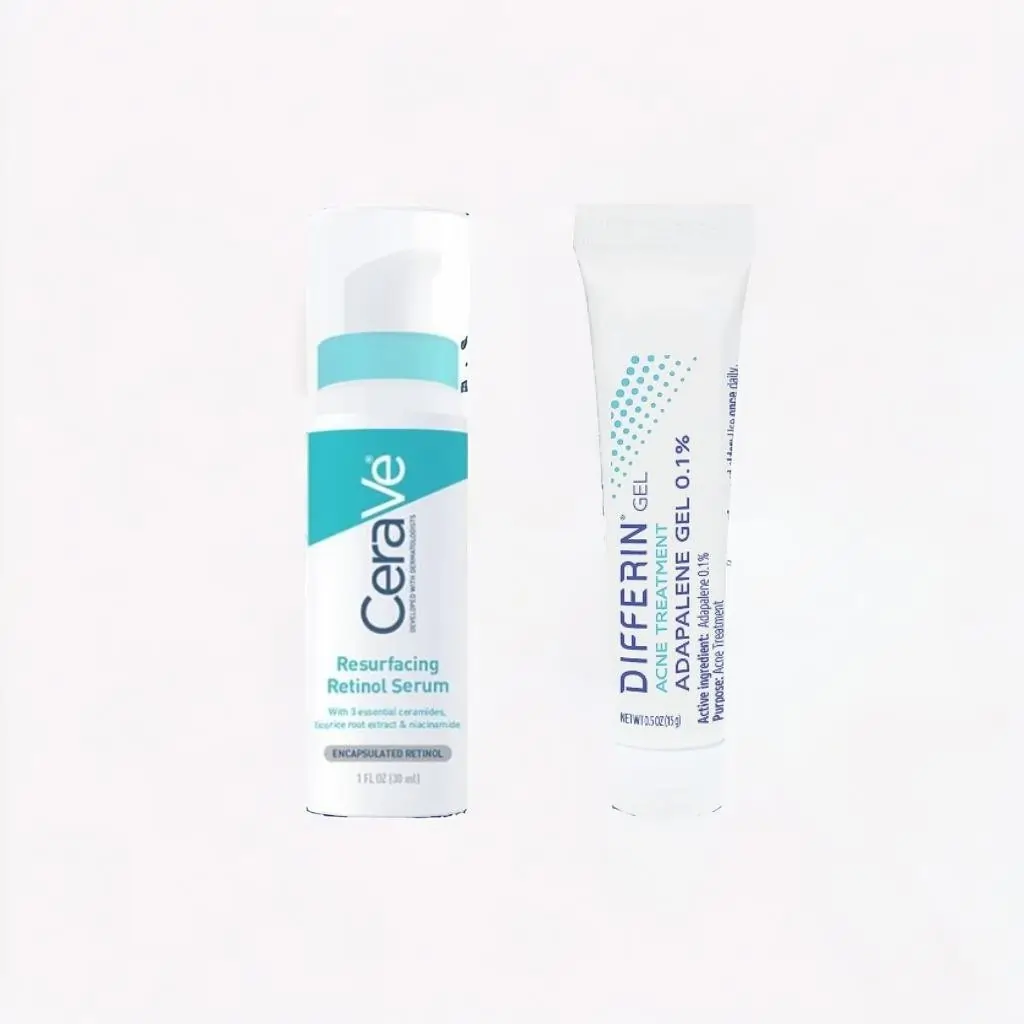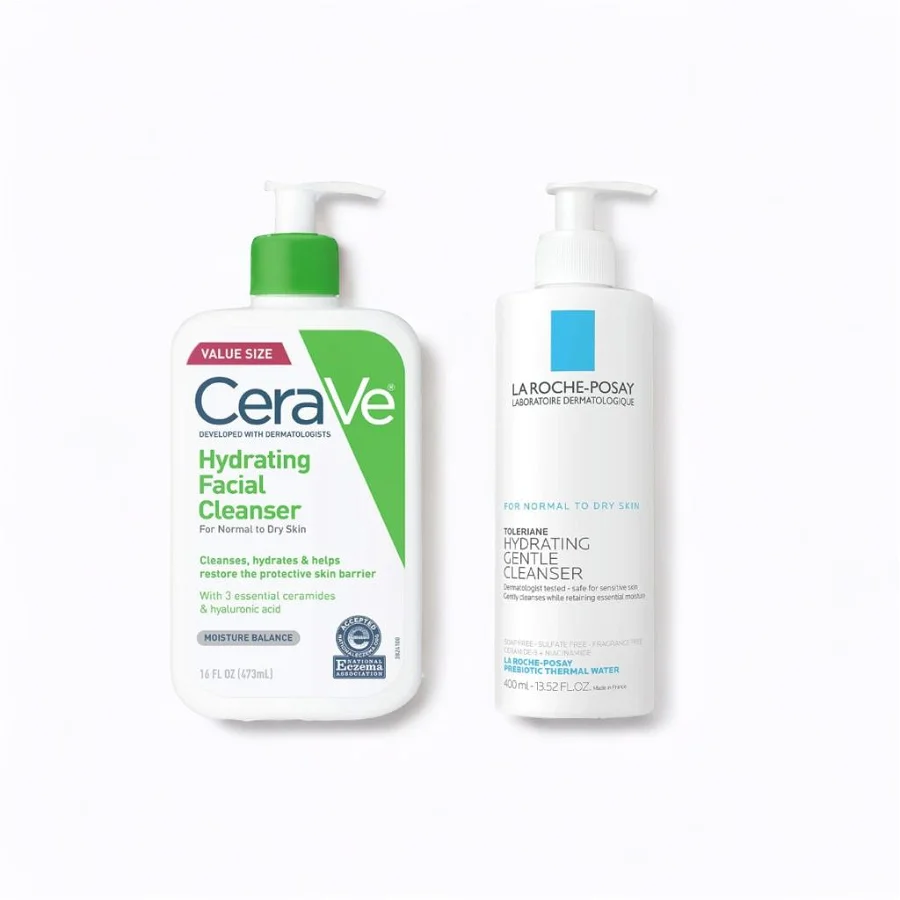
When you have dry, cracked skin, you need an ointment that will help restore it back to a smooth and healthy texture. Naturally, you’d be inclined to stop by the beauty section in your nearest store to pick something up. Wandering the aisle, you’ll likely notice that Aquaphor and CeraVe are among your top options.
Both Aquaphor and CeraVe are known for their restorative ointments that go beyond lotions and creams to help restore skin. But which one is best? We’ll be comparing these two brands to see how they stack up against each other so you can choose the right one for you.
Aquaphor vs CeraVe Healing Ointment
Skin ointments are a necessity when skin becomes too dry and cracked. Not only does it make you feel self-conscious about the way you look but it also can be quite painful. Plus, when you leave cracks in the skin exposed, it allows bacteria to waltz right in, leading to infections and other skin problems.
By choosing a healing ointment for your skin, you can head down the road to recovery. You’ll be able to show off healthy and smooth skin again, even in winter, when you start using a healing ointment to help restore your skin.
While both of these ointments are wonderful options, we’ll be comparing what they have in common while highlighting the differences that set them apart so you can pick the best to suit your skin.
With Aquaphor Healing Ointment, the brand touts that it is the #1 dermatologist-recommended choice for dry, cracked skin as well as chapped lips, dry feet and heels, and cracked cuticles, according to ProVoice surveys from 2015. It also boasts clinically-proven effectiveness for restoring smooth and healthy skin.
That’s all well and good. But can it do more than talk the talk?
Aquaphor distinguishes itself with a formulation of 41% petrolatum which lets oxygen flow in and help heal skin. It also features panthenol and glycerin, two ingredients that are well-known for providing intensive moisturization and skin nourishment. The short ingredient list also includes mineral oil, lanolin alcohol, bisabolol (an anti-irritant), and ceresin.
While lanolin alcohol may put you on alert, we can assure you that it’s not a drying type of alcohol. This type is a fatty alcohol which can benefit dry skin. However, it may irritate some, plus mineral oil is on the list and is part of the EWG’s list of ingredients to avoid. That aside, Aquaphor is preservative and fragrance-free. It also comes in a generous 14-ounce size while CeraVe Healing Ointment offers 12 ounces.
Aquaphor Healing Ointment is meant to be used on extremely dry skin. That extends to helping refresh chapped lips, soothe cracked hands and feet, plus bring relief for minor cuts, burns, and other skin irritations. You can also apply it as a preemptive strike before heading out into the cold and windy weather to protect your skin from the drying effects winter weather tends to bring.
Now, as for CeraVe’s Healing Ointment, it’s designed to help cracked, chafed, and extremely dry skin types. It contains 46.5% petrolatum, which is a little more than the Aquaphor formulation. CeraVe also contains mineral oil, but is free of any type of lanolin. And as the name revolves around “cera” for the “ceramides” it puts into its other products, CeraVe also contains three ceramides to help restore the skin barrier back to health.
Additionally, the CeraVe Healing Ointment contains hyaluronic acid which helps skin hold onto its own natural moisture. So on the outside, it’s helping to lock in these key ingredients to moisturize skin while protecting it from further damages, helping it to heal naturally. There are no fragrances, preservatives, or dyes in CeraVe either and this noncomedogenic formula was developed with dermatologists. It also boasts acceptance by the National Eczema Association.
CeraVe has a longer ingredient list, and like Aquaphor, also has mineral oil. But it doesn’t have any kind of lanolin, so that is something to consider if you want to avoid lanolin of course. Another important point when comparing these two ointments is that while both are non-greasy, only CeraVe claims to be noncomedogenic.
However, if you’re looking to use a healing ointment on all your dry parts, Aquaphor is the only one of the two that lists all the ways you can use it. CeraVe merely tells you to apply it as needed, but doesn’t instruct WHERE you could apply it.
After stacking up Aquaphor vs CeraVe's Ointment options, you can clearly see they intend to help heal dry, chapped, chafed, and irritated skin. Only CeraVe’s Healing Ointment is noncomedogenic and has the blessings of the National Eczema Association, though Aquaphor is safe to apply on the lips and from head to toe.
You could assume CeraVe allows you to put it on the lips, but it’s best to use products as they are intended. Without that confirmation, you can go ahead at your own risk, but for what?
Each is capable of helping you hit the reset button on skin that is overly dry from cold weather or even from heat. However, it will be up to you based on the ingredients they have – keep in mind both have mineral oil – as to which one you feel most comfortable using.
Pros
Safe to use head to toe
Cons
Contains mineral oil and lanolin
What makes it special? One essential solution for many skincare needs: Aquaphor Healing Ointment is uniquely formulated to restore smooth, healthy skin. Different from a lotion or cream, this multi-purpose ointment protects and soothes extremely dry skin, chapped lips, cracked hands and feet, minor cuts and burns, and many other skin irritations, so you can get on with your day comfortably.
Pros
Non-comedogenic and lanolin-free
Cons
Usage instructions less specific
What makes it special? CeraVe Healing Ointment is formulated to temporarily protect, soothe and hydrate skin as it recovers from cracking, chafing and extreme dryness. It is lightweight yet intensely hydrating and features three essential ceramides and hyaluronic acid in a moisturizing base. It is also non-comedogenic, suitable for all skin types, and free of fragrance, dyes and lanolin to minimize the risk of irritation from these ingredients.
Aquaphor vs CeraVe Conclusion
We can split hairs here to try to decide whether Aquaphor or CeraVe is the best of the two, but it really depends on what you are using it for. If you want something that is labeled as noncomedogenic, you’d better choose CeraVe since Aquaphor doesn’t make that claim.
If you want to safely use it from head to toe, Aquaphor may be your best bet.
Either way, both brands will help your dry, chapped skin get back to good health. Whatever you do, don’t wait it out with cracked, exposed skin. Get a healing ointment right away before you get an infection in those open fissures!
